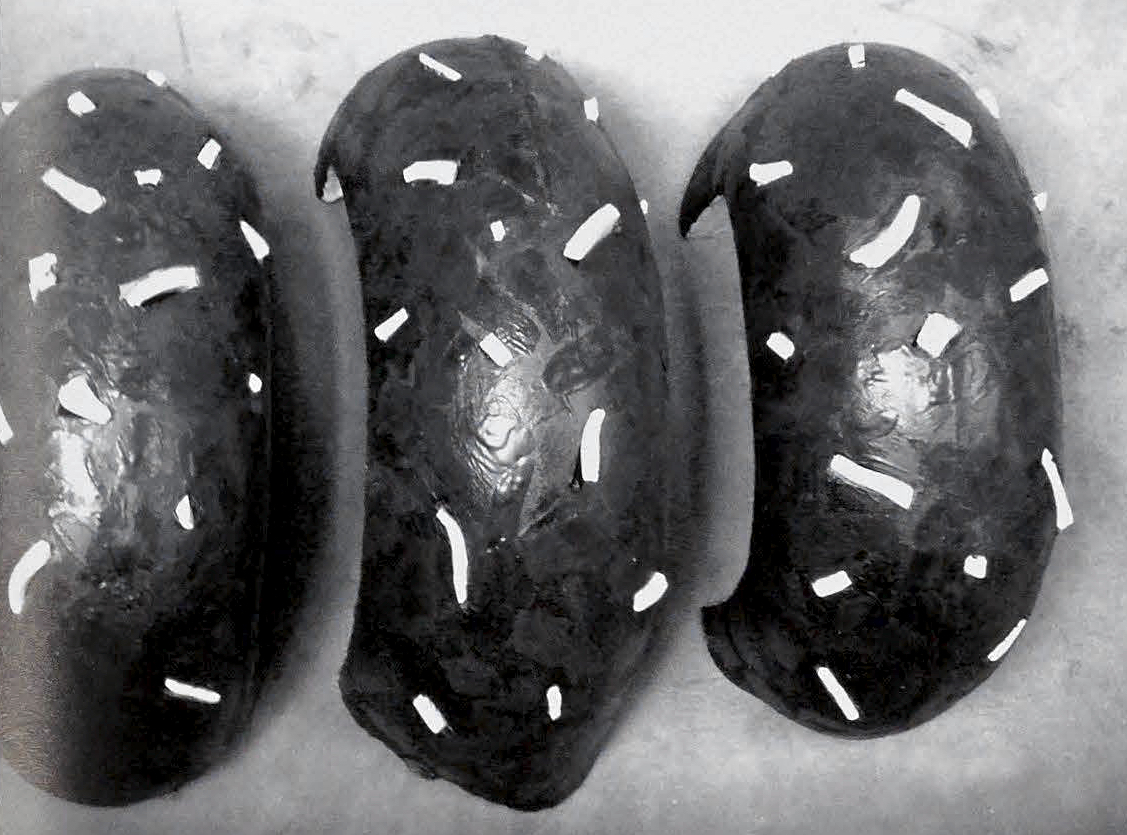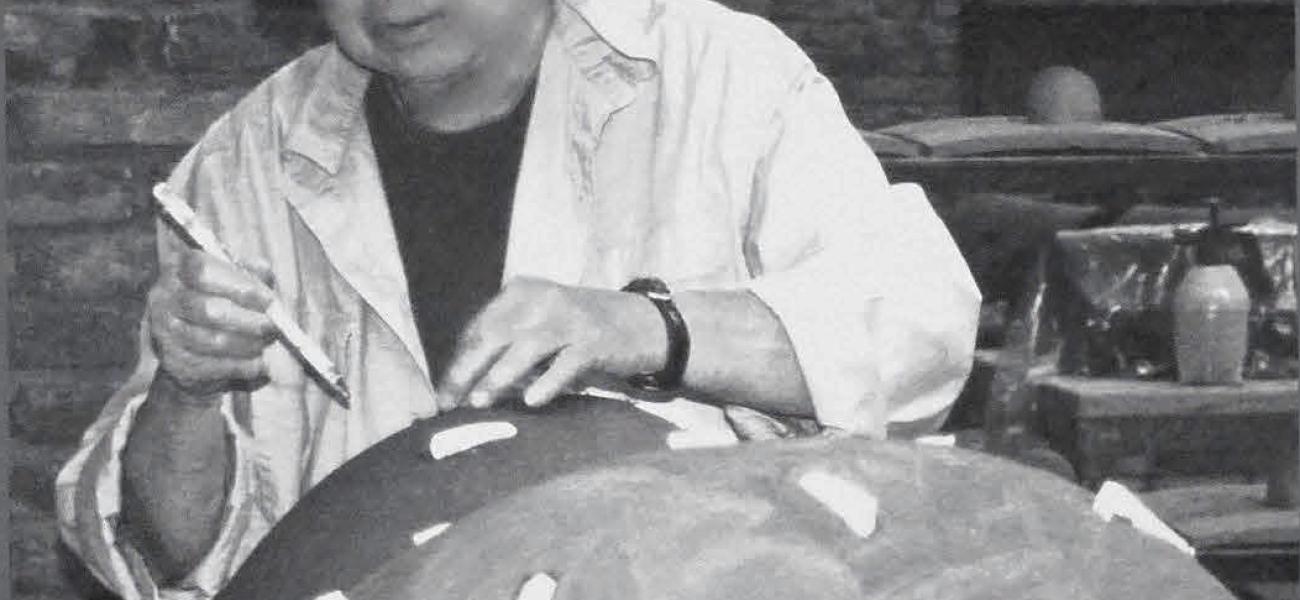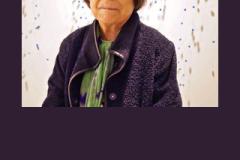A Residency in China
In 2007 a group of American potters was invited to a residency program at Fuping, in Shaanxi, China. This is the location of the International Ceramic Art Museum, a large tile-factory complex occupying many acres of fruit-orchard land. The concept of combining a ceramic museum with a factory and creating a residency program there was conceived by Dr. Hsu Ichi together with Mr. Xu Dufeng, the factory owner at Fuping. They intend to design and build museums to exhibit ceramic work made by international clay artists during their residencies at the factory.
Each museum in the complex represents a different nation, with the French, Scandinavian, and Australian museums completed so far, as well as the American Museum, where the work made by our group is presently installed.
Our group of nine worked during the month of April, and an additional thirteen Americans arrived in June. We had modern accommodations, with laundry service and three nutritious meals a day. As requested, we were given early morning tai chi classes and were treated to an evening of Chinese opera as well as cultural side trips. I soon became familiar with the unlimited factory facilities and a helpful staff. We used large machine-extruded clay parts, intricate mold forms, and unknown mysterious lead glazes. The clay was not conducive for throwing, so I concentrated on sculptural forms. I found a rusty old discarded bed frame at the dump, and this became my first project, using extruded flat tiles and round molded shapes. It was titled "Lumpy Bed" from my experiences on many Chinese beds all over the country. I was given a leather-hard, 24-inch diameter jiggered plate form, which I was intimidated to cut and alter to make a wall piece. When I asked an assistant for the use of some roof-figure press molds he was so nice to press the animal pieces for me to assemble a large sculpture. We Americans are not accustomed to so much help. The bewildering atmosphere was a daily challenge, which surprisingly I welcomed. The Asian Cultural Council, a Rockefeller affiliate, provided the initial support for my travels to investigate and document folk pottery in China, a quest that became a complex journey into the unknown. China is geographically vast and diverse. The challenge has been daunting and often overwhelming, but the experience has been compelling, inspiring, and always stimulating. I have traveled ten years and many miles across China documenting contemporary folk pottery. I usually traveled with Li Jiansheng, an artist friend who is resourceful and knowledgeable about "all things Chinese." He helped me plan itineraries and arranged for a small bus to fit a group of Michigan potters who were enthusiastic supporters of the project.
Sometimes it was a challenge to reach remote destinations, and there were times we had to hike the last mile up steep narrow paths because our driver refused to take the bus any farther. Once we were rescued by a bulldozer that pulled our vehicle out of the deep red mud that covered the wheels.
Peoples' folk art is the essence of Chinese expression. In pottery, the long journey from the bold neolithic Yangshou painted pots to the present-day utilitarian village pots is an awesome historical achievement. I have great admiration for the diversity and richness of creativity that so fascinates me. The amazing celadons, the humble tenmoku bowls, and the spontaneous Cizhou stoneware captivate me.
It is a welcoming sight to visit villages that are still producing needed pots, such as pickle jars whose double rim, filled with water and covered with an inverted bowl, becomes airtight. Huge wine and water containers, usually covered with brown slip glaze, are still produced all over China, as are bricks and roof tiles fired in the "water reduction" method that has been used for 50 centuries. This involves a shallow pool for water on top of the beehive kiln, which allows water to seep through the kiln walls when the firing temperature is reached (H20 + C = CO + H2). The water in combination with the carbon creates the reducing atmosphere responsible for the ubiquitous gray bricks and tiles seen all over China!
I have been asked: How has your China experience affected your work? The essence of a foreign culture and its art always requires time for me to process, and I have not yet detected any direct or immediate effect. By contrast, my earlier experience with Asian culture, in Japan in the sixties, was very different. It was a stunning discovery and exploration for a receptive, innocent foreigner not too many years out of graduate school. When Toyo Kaneshige, a potter who was a Japanese Living National Treasure, came to Michigan in r96o, he demonstrated with a relaxed attitude and sensitivity to the clay that captivated me and my students. We learned about wood firing and unglazed surfaces as well as about the organic conception of clay. When he invited me to Japan I did not hesitate. It was a splendid opportunity to work in Bizen, an ancient pottery village where time stood still. I was totally immersed in the world of an exotic culture offering a unique pottery tradition and a clay vocabulary that I was eager to accept.
Having digested this first Asian experience, I think I have now established a mature perception, ripened by decades of work. My recent China experience has been immense, and the influences seem elusive, but with the flow of time an unconscious expression may prevail. It is the culmination of years of rejected and accepted experiments that defines my work.


